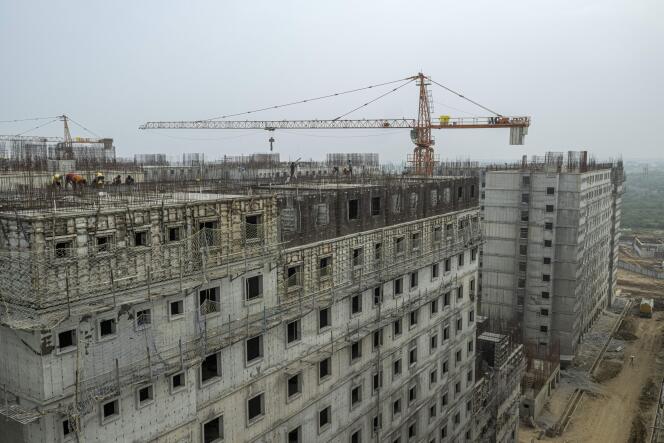


India continues to expand its impressive portfolio of major announcements. The South Asian giant, which dreams of competing with China in global value chains, has successfully drawn leading electronics brands in recent years. Notably, Apple's iPhone 15, Google's new Pixel 8 and Samsung's Galaxy S24 are all manufactured in India. Even Elon Musk is considering setting up an electric vehicle factory in the country.
Apple embodies the gamble on India that a growing number of multinationals are making. The American company began assembling low-end iPhone models in India as early as 2017, then expanded its manufacturing capabilities thanks to Taiwanese subcontractors such as Pegatron and Wistron. In 2022, Apple shifted up a gear and began manufacturing its latest models there, first with the iPhone 14 and then with the iPhone 15. Now, between 12% and 14% of iPhones sold worldwide are made in India. However, by the end of 2024, a quarter of all Apple smartphones are expected to come out of Indian factories.
The arrival of these giants has been met with euphoria. Middle-class Indians, members of the government, movie stars and even local business leaders are all proud of this new power of attraction. "I recently was in a Verizon store in the US to get a local sim and proudly informed the salesperson that my iPhone 15 was made in India," enthused Anand Mahindra, head of the Mahindra & Mahindra conglomerate, on the social network X in October 2023. He also assured us that, as soon as the "India-made version" of Google's Pixel 8 was available in stores, he would buy one.
"Very often, you have flagship companies that set the tone," said Minister of Commerce and Industry Piyush Goyal. He hopes that Apple's example will help send a "strong signal" to companies around the world. India's smartphone exports doubled in the fiscal year, which ended in March 2023, to reach around $11 billion (€10.2 billion).
Prime Minister Narendra Modi's government has a long-standing ambition to make India the world's new factory. "I want to appeal to the whole world (...): 'Come make in India,'" he declared in his first Independence Day speech in 2014.
Shortly after coming to power, the Hindu nationalist unveiled one of his flagship projects: the Make in India initiative, designed to boost the country's manufacturing sector, which accounts for just 17% of gross domestic product. The strategy included raising customs duties to encourage local production. By 2022, import taxes had risen to an average of 18%. That's higher than in Thailand or Vietnam, for example.
You have 58.59% of this article left to read. The rest is for subscribers only.
